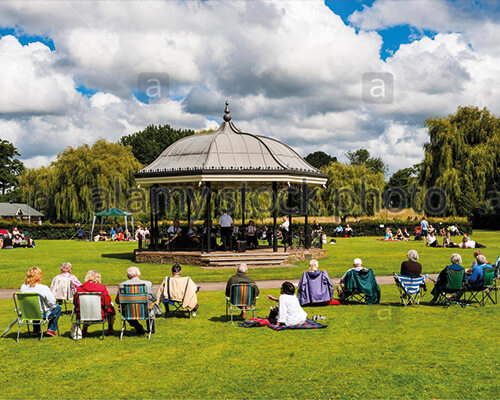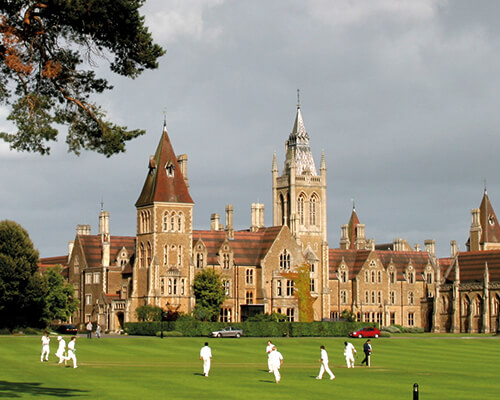Estate Planning
The essential objective of estate planning is to maximise the value of your estate that will pass to your intended beneficiaries.
To achieve this it will often require making use of available allowances, exemptions and structuring the ownership of your assets in order to mitigate inheritance tax where practicable to do so.
Estate Planning Checklist
Ensure that you have a will that is up to date and is reviewed from time to time or when there is a significant life event i.e. birth, marriage.
Appoint Lasting Powers of Attorney for both Health & Welfare and Property & Financial affairs.
Make sure you use your exempt allowances which set a monetary limit each tax year on gifts made to any individual.
There is the possibility of making regular gifts from income providing you meet HMRC rules.
Where the gift exceeds the annual exemption, it will fall outside of the estate after 7 years. Should the value of the gift exceed the nil rate band, it is likely that tapering will occur after year 4.
Conclusion
There is a great deal to be said for simplicity and flexibility in many financial transactions.
In no area is this truer than in IHT Planning.
The use of life cover is often overlooked but can have its place where the individual wishes to provide the means by which the IHT liability can be met.
The use of trusts can cause concern because ownership of the asset transfers away from the individual for the remainder of their lifetime to the trust.
However, where there are deemed to be sufficient assets, the use of a trust should be considered.
For the few, there is the option of using Business Property Relief to mitigate the IHT liability in 2 years.
DID YOU KNOW?
Godalming Town Council contains has 138 listed buildings. One of its most famous landmarks is ‘The Pepperpot’ which is Godalming’s old town hall. Old Town Hall, popularly know as the Pepper Box or Pepperpot, was in use for the official meetings of the Borough Council until 1908 when more convenient buildings were erected in Bridge Street. It is still the appointed place for more important public announcements such as Royal Proclamations.
The present building dates only from 1814, but it stands on a site, which has been the focal point of all local government in this district for well over a thousand years.



